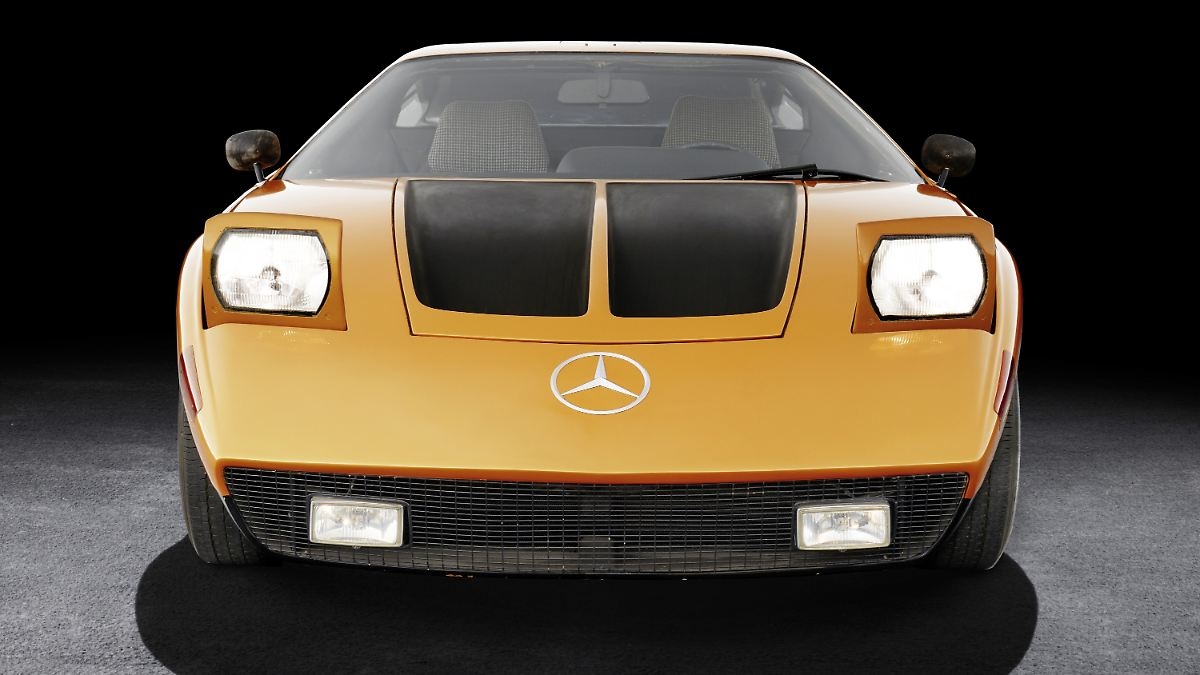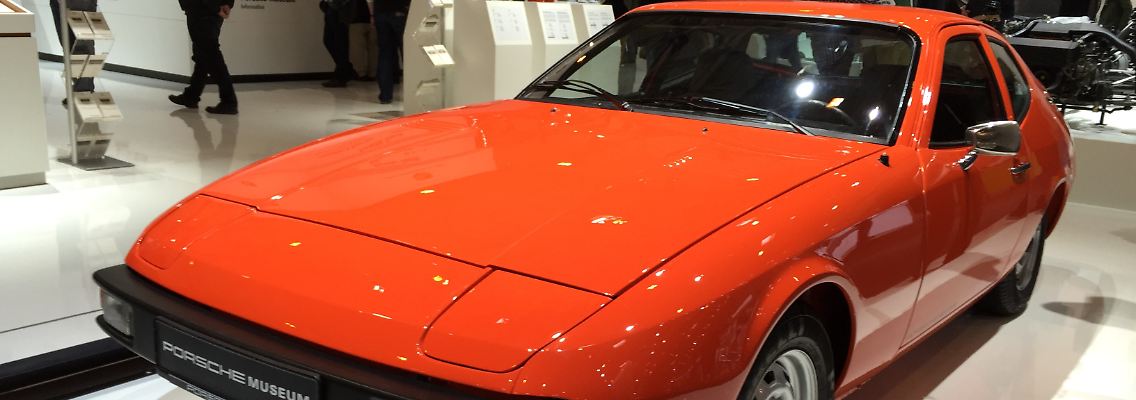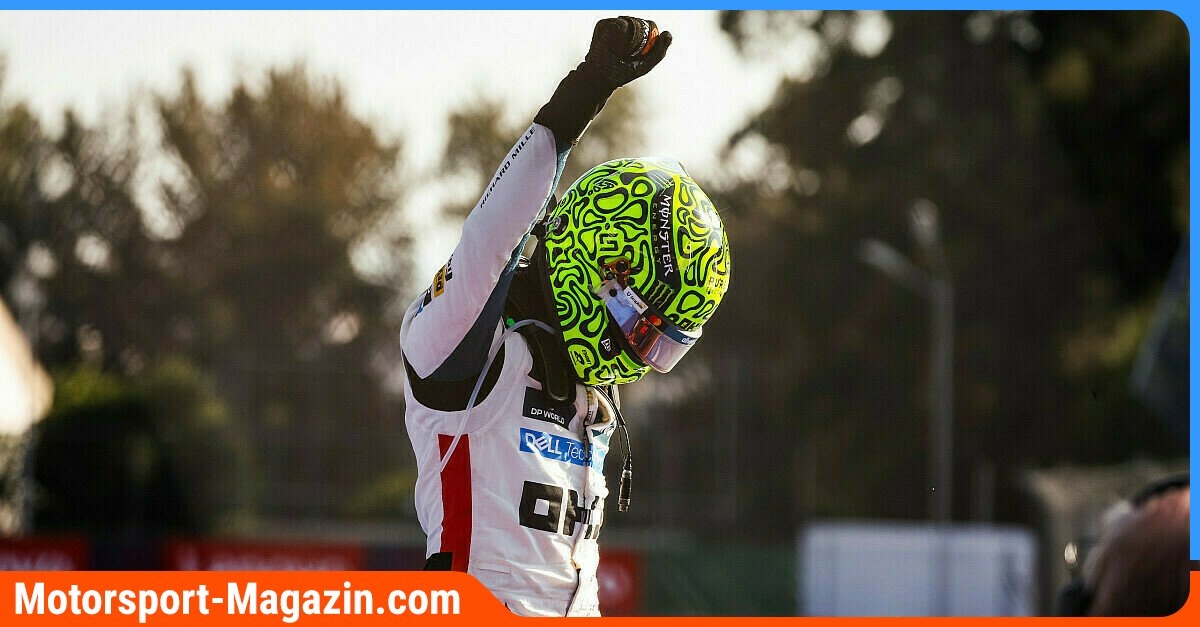Once cool, now almost gone: How do pop-up headlights actually work?

The Mercedes-Benz C111, an experimental vehicle from 1975, featured iconic folding headlights for better aerodynamics.
(Photo: Mercedes-Benz)
They were considered icons of progress, design, and sportiness: pop-up headlights played with light, form, and emotion. Today, they have almost disappeared, although their spirit often lives on in modern lighting.
Once upon a time, there was perhaps the coolest way to start a car: turn on the ignition, and two headlights would emerge from the body with a whirring sound. For decades, pop-up headlights were one of those exotic solutions that conveyed one thing above all: fascination. They were usually a symbol of technical sophistication, aerodynamic progress, and sportiness. But their era is long gone. Almost, anyway.
Pop-up headlights are retractable headlight units that sit flush with the vehicle body when switched off. When needed, such as when darkness falls, they extend mechanically or electrically to position the headlights.
Aerodynamics and show effectThe idea behind it was initially purely functional: A smooth front end improves aerodynamics, reduces wind noise, and thus saves fuel. Furthermore, the solution enabled designers to create extremely flat vehicle fronts and thus stylish lines without being distorted by lighting specifications regarding light height and light distribution.
Pop-up headlights also provided a show effect, which was usually welcome or, in some cases, even explicitly requested. Anyone who has ever witnessed the headlights of a Mazda RX-7, a Corvette C3, or a Ferrari 308 rise synchronously from the hood can still sense that this is also a showcase of technology.
Origin in the 1930sThe origins of pop-up headlights date back to the 1930s. The first production car with pop-up headlights is considered to be the Cord 810, unveiled to the public in 1935 and built from 1936 onward. This technically and visually avant-garde US model set standards in streamlining. The headlights contributed to this, as they were concealed in the front fenders, separated from the body. When not in use, the lights were invisible. When necessary, they could be adjusted purely mechanically using small hand cranks in the dashboard.
Pop-up headlights experienced their heyday in the 1960s and 1970s: Almost all major sports car brands introduced models with "disappearing headlights." Icons include the Chevrolet Corvette and the Pontiac Firebird, and in Europe, the Lamborghini Miura and Countach, the Ferrari Daytona, the Lotus Esprit, the Opel GT, and the Porsche 924/928. Japanese manufacturers also enthusiastically adopted the design in the 1980s, for example, Mazda in the first MX-5 and Honda in the second and third generation Prelude.
Headlight operation by muscle powerIn the early mechanical variants, such as the Cord 810, the headlights were operated via rods, cables, or levers that were directly connected to a lever or crank in the interior. The driver thus transferred his muscle power to the lamp unit via a simple mechanism, usually consisting of two pivoting hinges and a rocker. A locking mechanism ensured that the headlights were securely locked in the open or closed position. From an engineering perspective, this was a classic four-bar linkage, with a pivot point geometry designed to ensure smooth, jerk-free movement.
In the 1970s, electromechanical systems became popular. They involved a small DC motor driving the movement via a worm gear, an eccentric shaft, or a linkage. The motor rotated only a few revolutions; the remaining revolutions were translated into a controlled pivoting movement by a gear box. A limit switch ensured that the motor shut off when the door was fully open or closed. In the event of a failure in the electrical components, the mechanism could be manually operated via an emergency release.
Not entirely unproblematicRegardless of their design, pop-up headlights were not without their problems: Moving components increase weight, generate additional driving noise, and can fail in frost or result in high repair costs in the event of an accident. However, what ultimately put a stop to pop-up headlights were new regulations regarding pedestrian protection, lighting height, and crash safety introduced in the 1990s. From the mid-1990s onward, pop-up headlights disappeared almost completely from automotive manufacturing.
At the same time, technological advances in lighting technology contributed to the end of the pop-up headlight era, making lamp units smaller, flatter, and more efficient. With the triumph of aerodynamically well-integrated xenon and LED lights, the need for mechanically concealed headlights also became obsolete. Modern lighting systems, with their aerodynamically optimized packaging and tiny design, achieve enormous luminosity, entirely without moving body parts.
Fascination of the "blinking" carsAnd yet, the fascination remains. Designers continue to play with the nostalgic reminiscence of an era when cars were still allowed to "blink." One example of this is the Karma Kaveya electric sports car, unveiled in 2023.
But a comeback of pop-up headlights in series production is unlikely. Pop-up headlights were a product of technological progress and, at the same time, a symbol of automotive extravagance. Their era is over, however. But their principle of aesthetically showcasing technology has survived. When modern headlights "emerge" from dark or invisible lenses, they embody a small piece of the era when cars still had eyes that could blink.
Source: ntv.de, Mario Hommen, sp-x
n-tv.de






